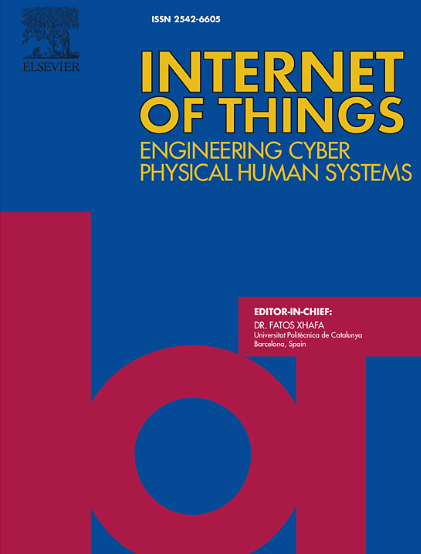Lightweight anomaly detection in federated learning via separable convolution and convergence acceleration
IF 6
3区 计算机科学
Q1 COMPUTER SCIENCE, INFORMATION SYSTEMS
引用次数: 0
Abstract
The limitations of traditional centralized anomaly detection have led to the rise of distributed detection technology, which has become a hot topic in recent years. However, many key issues in distributed computing have attracted more attentions, such as large-scale data collection without exposing sensitive information and shared model exchange problems. Existing models have a large structure which have high requirements for edge device configuration. In this article, we propose a lightweight anomaly detection model based on federated learning, which ensures detection efficiency while protecting data privacy. In the local model, we incorporate depthwise separable convolution (DSC) into the Transformer to enhance both local and global information exchange within the window, and remove unnecessary modules to reduce the number of network structure parameters while ensuring accuracy. In the global model, we introduce a new parameter to the local client objective function to adjust the local training direction, which accelerates convergence speed and reduce client–server communication. Finally, we conducted comparative experiments on several public datasets, and the experimental results showed that our model ensures detection accuracy on par with the baseline while significantly reducing local optimization parameters. Meanwhile, after global optimization, the number of rounds required for model convergence is significantly reduced, reducing communication volume while ensuring detection accuracy. In general, the performance of our model was significantly improved compared to baseline.
求助全文
约1分钟内获得全文
求助全文
来源期刊

Internet of Things
Multiple-
CiteScore
3.60
自引率
5.10%
发文量
115
审稿时长
37 days
期刊介绍:
Internet of Things; Engineering Cyber Physical Human Systems is a comprehensive journal encouraging cross collaboration between researchers, engineers and practitioners in the field of IoT & Cyber Physical Human Systems. The journal offers a unique platform to exchange scientific information on the entire breadth of technology, science, and societal applications of the IoT.
The journal will place a high priority on timely publication, and provide a home for high quality.
Furthermore, IOT is interested in publishing topical Special Issues on any aspect of IOT.
 求助内容:
求助内容: 应助结果提醒方式:
应助结果提醒方式:


